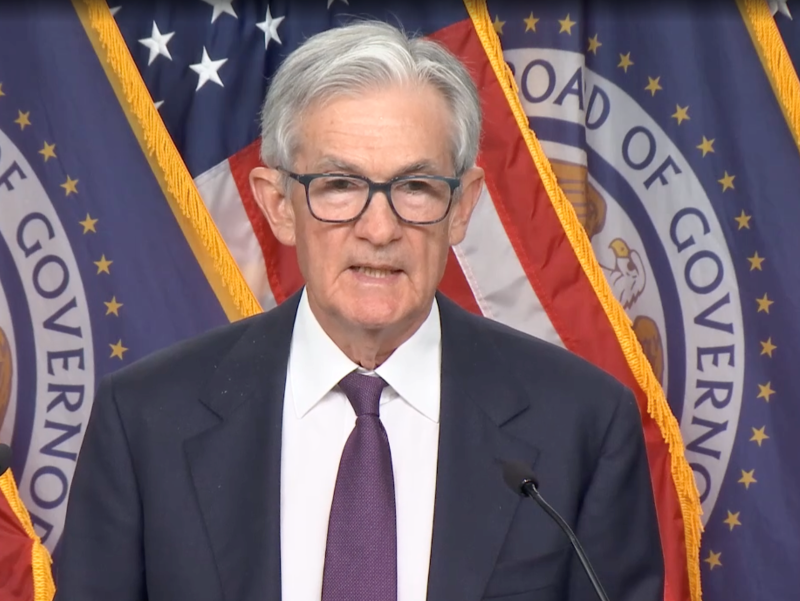Interest Rates Stay Untouched


The Federal Reserve has decided to maintain its key federal funds rate unchanged at a target range of 4.25 to 4.5 percent, the Federal Open Markets Committee announced at the conclusion of its May meeting on Wednesday. The current federal funds rate has held steady since last December.
In a statement, the central bank cited key economic indicators, such as low unemployment and a steady labor market, that have enabled continued economic expansion despite recent swings in net exports.
FOMC is targeting maximum employment and a 2 percent inflation rate over the longer run, the statement adds, noting increasing uncertainty about the economic outlook. Today’s decision was widely expected as the Fed appears to be waiting for more clarity on the economy’s direction and the impact of new tariffs. The Federal Reserve hiked its benchmark borrowing rate repeatedly in 2022 and 2023 before cutting the rate by 100 basis points over the last three months of 2024.
Current data suggests the U.S. economy is resilient in the face of uncertainty and market volatility widely attributed to the Trump administration’s unfolding tariff policy. The economy added 177,000 jobs in April, beating expectations of 138,000, according to data released last week by the Bureau of Labor Statistics. The unemployment rate held steady at 4.2 percent and average hourly earnings inched up 0.2 percent month-over-month.
“Although our strategists anticipate a slowdown in U.S. economic growth, they still do not see a recession as the base case this year,” J.P. Morgan Wealth Management said in a report this week.
Trade issues take center stage for CRE
While monetary policy shifts have significant implications for commercial real estate, the Federal Reserve’s current cautious stance on interest rates is already baked into the industry’s calculations.
Marion Jones, principal & executive managing director of U.S. Capital Markets at Avison Young, noted in a statement that U.S. economic fundamentals haven’t yet shown “real impact” from recent policy decisions, despite the trade uncertainty and the potential for a recession. Investors are increasingly aware that it will take time for the wide-ranging changes to the U.S. economy to unfold, she added.
Jones also noted that investors face the challenge of deploying capital while simultaneously looking for a clearer risk profile. The upshot, she remarked, is a “measured and disciplined” climate for deals.
The commercial real estate industry is still grappling with the implications of trade tensions in the wake of President Donald Trump’s sweeping “Liberation Day” tariffs announced on April 2—a move that was swiftly followed by the 90-day suspension of the loftiest rates on 75 trading partners. Taking into account the temporary pause on those “reciprocal” tariffs, U.S. consumers faced an overall effective tariff rate of 28 percent as of April 15, higher than at any point since 1901, according to the Budget Lab at Yale.
“Prior to the trade war, CRE was going to have the wind in its sails: slowing inflation, declining interest rates, and a still-expanding economy,” said Ryan Severino, BGO’s chief economist & head of U.S. research.
“That was going to provide a systematic tailwind. But with the tariffs, that won’t be as powerful and now idiosyncratic factors—property type, location, who the tenants are, etc.—will play a larger role,” he added.
The post Interest Rates Stay Untouched appeared first on Commercial Property Executive.



